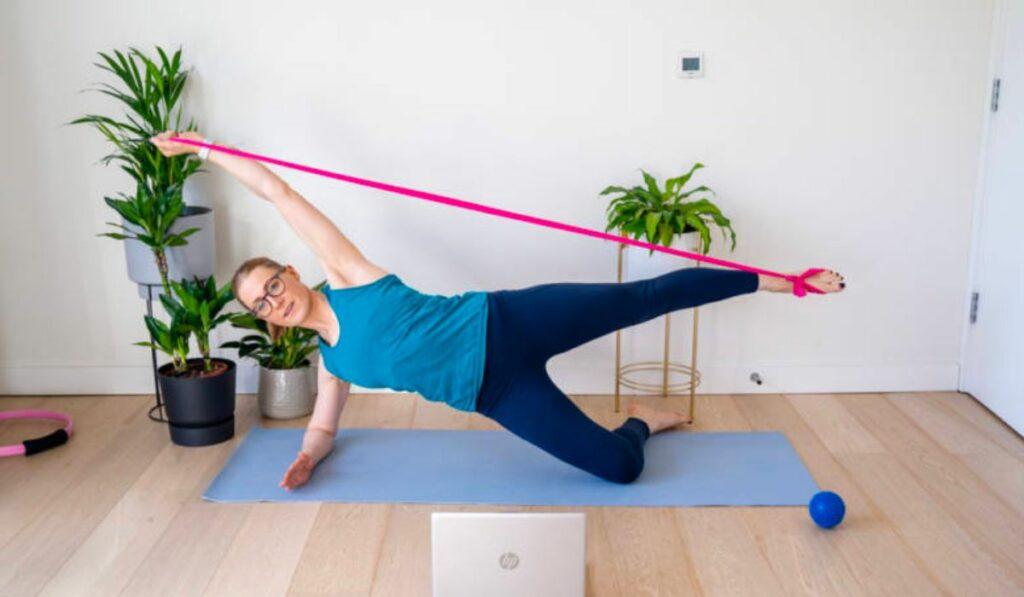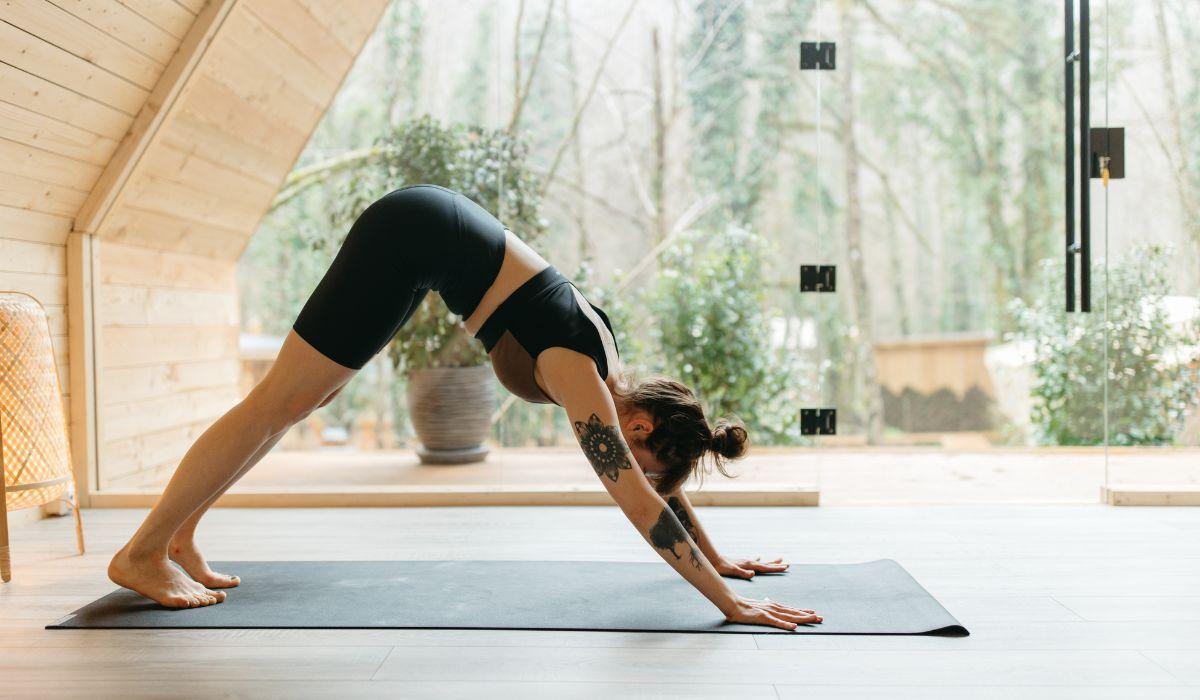I am first to admit the only way I can touch my toes is by bending my knee while sitting down. While us runners can stay plodding away for what seems like an eternity, many of us don't focus on the core concepts of our body. I recently had a great chat with Leah Bryans, and spoke to her about her Pilates for Runners class, and why I should take part. Not knowing much about pilates, I had to understand what I was getting myself in for. Here's a basic summary of what pilates is, and its benefits for runners.
What is Pilates?
Pilates is a form of low-impact exercise that has been gaining popularity among runners in recent years. While running is a great workout, it can be tough on the joints and can cause some muscle injuries over time. As runners, we tend to only research Pilates and Yoga when it is too late, and we are already suffering from some form of injury. Pilates can help runners by improving our flexibility, balance, and core strength, which can reduce their risk of injury and improve how well we run.

One of the main benefits of Pilates for runners is increased flexibility. Like I said, the chances are we're not that flexible to begin with. When we run, our movement is repetitive, and that can cause tightness in the muscles, especially in the hips, hamstrings, and calves. Pilates focuses on controlled movements that help to stretch and lengthen the muscles. This can help runners to maintain our range of motion and prevent muscle tightness, which can reduce the risk of injury.
Another benefit of Pilates for runners is improved balance. Running is a one-legged sport, which means that runners are constantly shifting their weight from one foot to the other. This means our training tends to focus on high impact on muscles and joints through each foot transition, where other sports use a number of different muscle groups. Pilates can help to improve our balance by strengthening the muscles in our legs and hips, which can improve our stability and reduce our risk of injury. This can also help us to maintain our form during a run.
One of the most important benefits of Pilates for runners is increased core strength. The core muscles, including the abs, obliques, and lower back, play a crucial role in maintaining good posture and stability during a run. This is especially important for those of you who are training for marathons, or pushing beyond for times as an intermediate or advanced runner. If you have ever noticed your form dropping during a run, and you begin to lean more forward, this is due to a lack of strength or stability in your core. Having strong core muscles will help maintain pace and endurance during a run.

In addition to these physical benefits, Pilates can also help runners to improve their mental focus. Running can be a mental challenge, especially during long runs or races. Pilates requires concentration and focus on proper form and breathing, which can help runners to develop mental toughness and stay focused during a run. Pilates can be a great way for runners to cross-train and prevent boredom. Running can be monotonous, even with our favourite playlist, and can lead to burnout, especially for those who run regularly. Pilates provides a change of pace and a new challenge, which can help to keep us motivated and engaged in our training.
Pilates is a great form of exercise for runners. It can help to improve flexibility, balance, and core strength, which can reduce the risk of injury and improve overall performance. Pilates can also help runners to develop mental focus and provide a low-impact form of exercise for those with joint pain. If you're looking to take your fitness to the next level, Pilates is definitely worth considering.
For more info, or getting involved in an online class, check out the great Pilates for Runnersclass organised by Leah Bryan's Physiotherapy.
